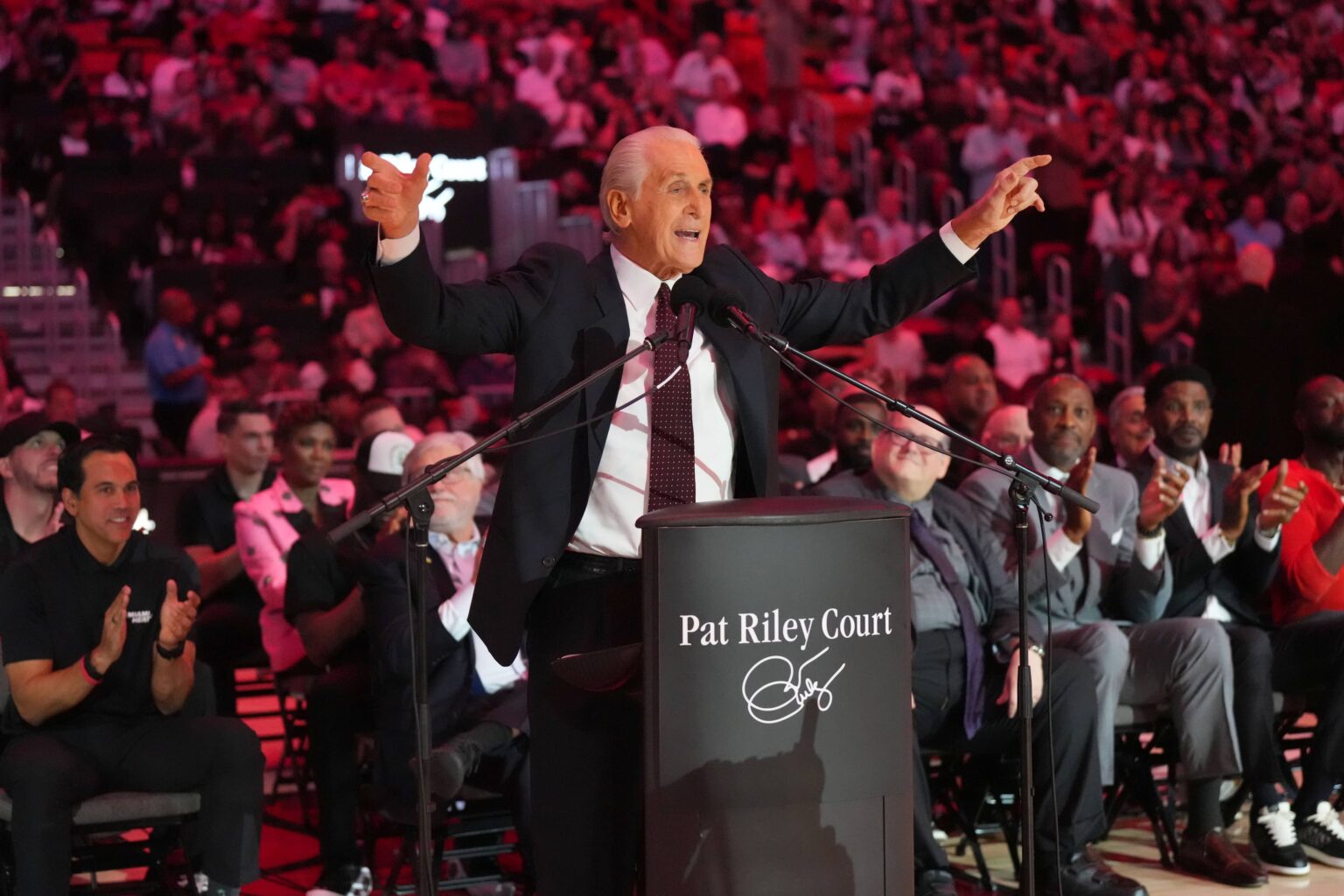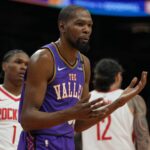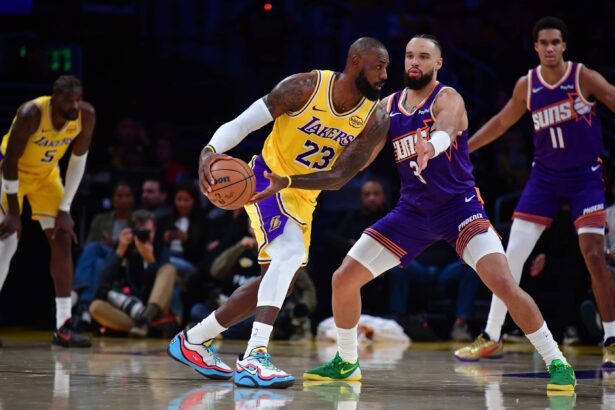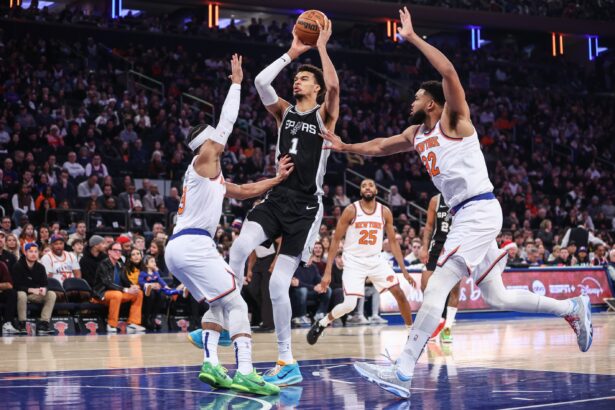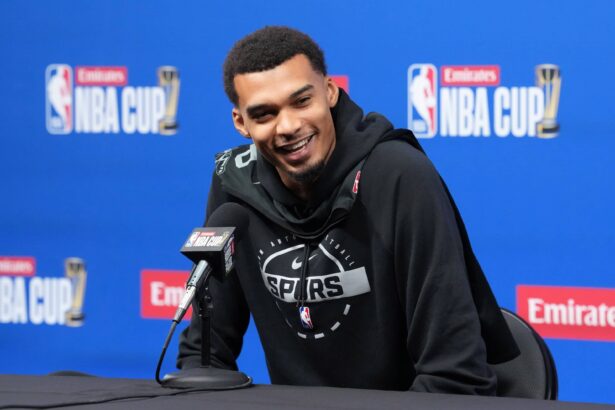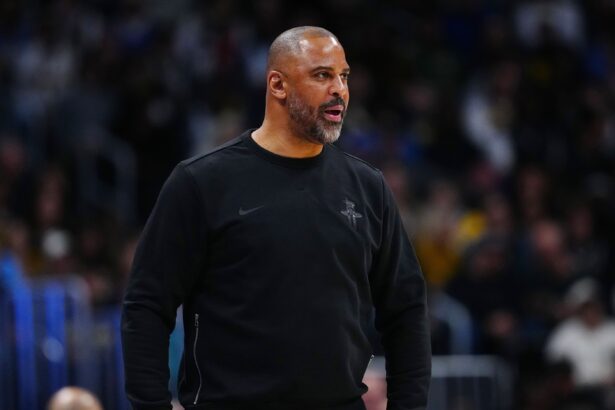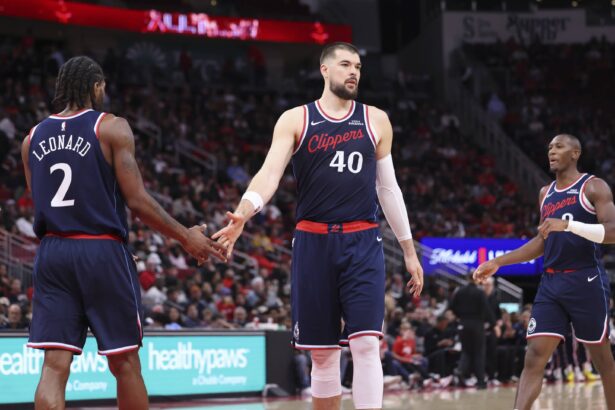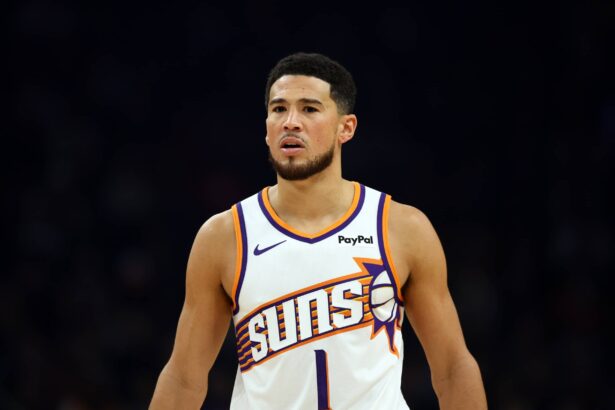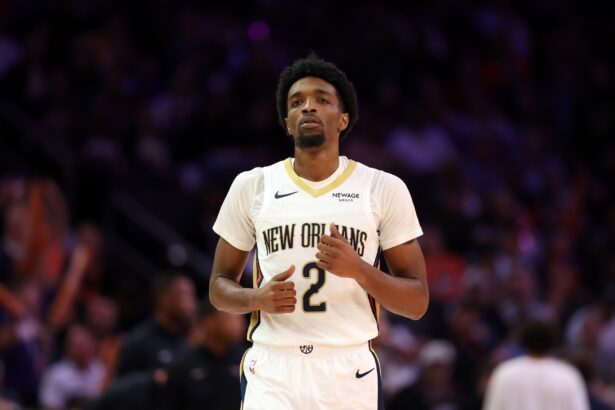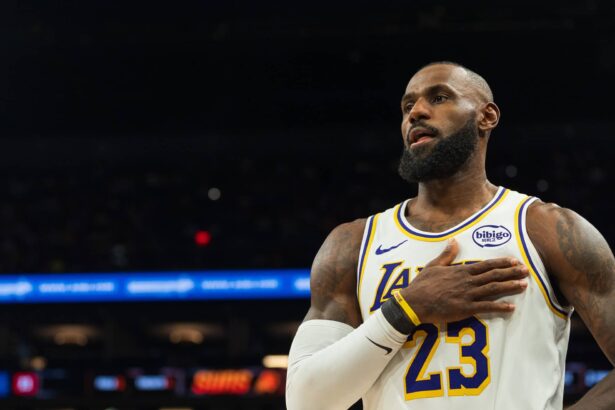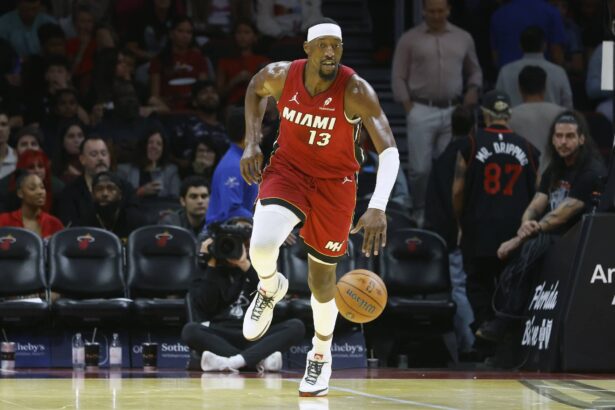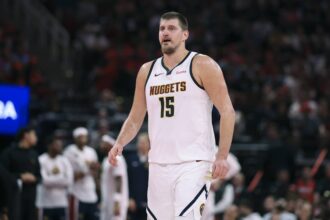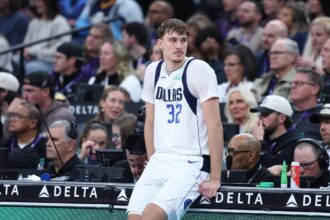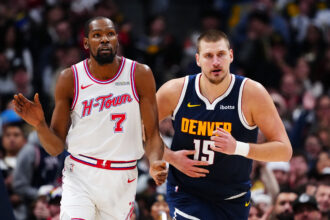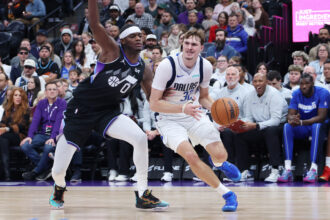The Miami Heat will be heading into the 2025-26 season with one of the youngest rosters in the NBA. While this would typically be a point of concern, the Heat seem to have a solid core together that many believe could be competitive this season.
The Eastern Conference could be an opportunity for many teams to rise next season. With teams like the Boston Celtics and the Indiana Pacers suffering losses due to injuries, the path to the postseason has become easier. In this regard, the Heat could safely secure a playoff berth.
But what if Miami wanted to go further?
In an attempt to transform the team’s core into a championship contender, Bleacher Report’s Zach Buckley presented a trade idea that could potentially shift the balance of power in the East. Here’s the trade package:
Proposed Trade Details
Miami Heat Receive: Lauri Markkanen, Georges Niang, Kyle Filipowski
Utah Jazz Receive: Andrew Wiggins, Nikola Jovic, Jaime Jaquez Jr., Terry Rozier, 2029 first-round pick, 2030 first-round pick (swap)
Buckley’s proposal sees a lot of assets changing sides, with some significant names being mentioned, too. While this could have some shortcomings, there is certainly some merit to this package.
What Do The Jazz Gain?
Acquiring talented players such as Andrew Wiggins, Nikola Jovic, Jaime Jaquez Jr., and Terry Rozier could be an interesting move for the Utah Jazz. While there have been doubts about the team’s direction, this move would effectively see them emerge as a relatively more competitive team.
The merit of acquiring a player like Rozier lies in his expiring contract. With $26.6 million coming off the books, Utah would view this addition favorably. Along with the draft capital included in this deal, these additions would align with the Jazz’s current preferences in trades.
The addition of Wiggins, Jovic, and Jaquez Jr. could have major implications for their rotation. As constructed, the Jazz lineup doesn’t feature too many impactful players.
With the likes of Keyonte George, Walker Kessler, and the rookie Ace Bailey standing out, adding the three Heat forwards would transform the team.
Wiggins could be viewed as the best player on the team. His experience and two-way versatility would earn him a significant role in the rotation.
Last season, he averaged 19.0 points, 4.2 rebounds, 3.3 assists, 1.2 steals, and 1.0 blocks per game. With shooting splits of 45.8% from the field and 36.0% from three-point range, Wiggins could see a significant rise in production as the primary scoring option.
Meanwhile, Jovic and Jaquez Jr. could also be valuable pieces. Jovic has shown a lot of improvement over the offseason, specifically during his performances for Serbia at the 2025 EuroBasket. While representing his country, he averaged 12.8 points and 4.0 rebounds, while shooting 52.4% from three-point range.
Considering his physical tools and development as an offensive player, he could build upon his averages of 10.7 points and 3.9 rebounds, while shooting 37.1% from beyond the arc from last season.
Meanwhile, Jaquez Jr. is coming off a sophomore slump. Given his versatility as an offensive player, the 24-year-old could see a significant role off the bench. Having averaged only 8.6 points and 4.4 rebounds on 46.1% shooting overall, he could witness increased production in a different system.
For the Jazz, this trade is an opportunity for the incoming players to improve upon their performances, which would simultaneously benefit the franchise. With Wiggins also acting as a mentor for Bailey, Utah could benefit from this deal.
How Do The Heat Benefit From This Trade?
This trade effectively places Miami in a position to contend for the title right away. By parting ways with their developmental pieces to acquire a star-caliber player in Lauri Markkanen, the Heat essentially prepares for a title charge in the upcoming season.
Markkanen has cultivated a reputation as a talented offensive player. Given his size, his agility, and his innate offensive talent, the Finnish forward has the potential to be a significant contributor for Miami.
Last season, he averaged 19.0 points and 5.9 rebounds on 42.3% shooting from the field and 34.6% from three-point range.
As injuries kept him sidelined, Markkanen struggled to establish an offensive rhythm. Although his performance in the NBA was underwhelming, he shone for his country at EuroBasket.
Markkanen was one of Finland’s best players. After dominating the warm-up matches, he sustained his form even during the main tournament, averaging 23.1 points and 8.1 rebounds while leading the team to the semifinals.
From his age to his skill set, all the factors suggest that Markkanen would be a great fit next to Bam Adebayo and Tyler Herro. While acquiring him could prove to be a costly endeavor, the Heat may benefit from it in the long run.
Along with Markkanen, Miami would also acquire a solid veteran in Georges Niang and a capable young center in Kyle Filipowski.
Given Miami’s need for solid three-point shooters, acquiring Niang could be positive. For the 2024-25 season, he averaged 9.9 points and 3.4 rebounds, while shooting 46.1% from the field and 40.6% from three-point range.
Filipowski’s addition addresses the Heat’s need for a backup big man. Considering the lack of size on the roster, adding a legitimate center like Filipowski could be in the team’s best interests.
Last season, he averaged 9.6 points and 6.1 rebounds, while shooting 50.2% from the field and 35.0% from beyond the arc.
Filipowski’s production on the defensive end may be limited, but his ability to contribute on offense has been deemed impressive. In a significant role off the bench as the secondary center, the 21-year-old could be a massive boost to the Heat’s second unit.
Miami May Be Sacrificing Too Much
This deal is undoubtedly catering to Miami’s needs to transform them into a title contender. Given the window of opportunity next season, the Heat may also be inclined to do this trade. However, they may be giving up too many key rotation pieces to do so.
While players like Wiggins and Rozier have been on the trade block (or in consideration for a contract buyout), the young Heat players have been viewed as key developmental pieces. The franchise’s interest in developing them along with their core could be one of the many reasons they don’t do this trade.
Similarly, Utah’s plans are quite unknown. But considering the moves they’ve made in the offseason, it would be safe to assume that they are gearing up for a rebuild next season. With this in mind, taking on players that could improve their chances of winning may be considered counterintuitive.

